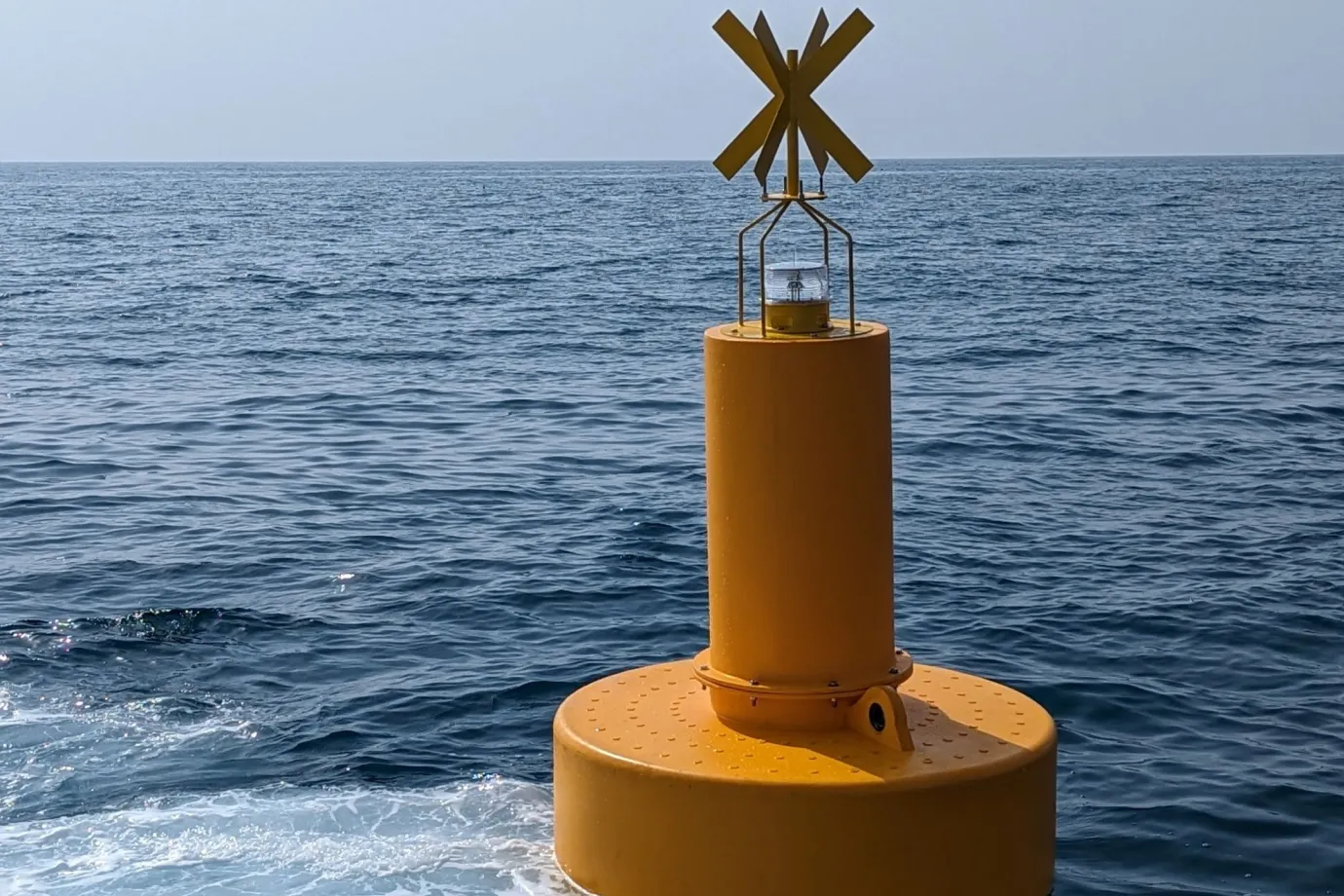In the railway industry, having equipment that can seamlessly operate on both road and rail is invaluable. For some, hi-rail conversion kits have been a practical solution—adding hi-rail wheel attachments and railroad gear equipment to standard road vehicles, enabling them to switch to rail when needed. However, these kits aren’t without their limitations. Conversion kits involve considerable upfront and ongoing costs, and the resulting vehicles often lack the stability, performance, and durability of those purpose-built for dual road-rail functionality.
While hi-rail conversion kits might make sense for companies with existing road-only vehicles and limited rail needs, there are cases where a more tailored solution would be a smarter investment. Purpose-built hi-rail trucks and hi-rail excavators, designed for optimal performance on both road and rail, bring clear advantages to demanding rail projects. These vehicles eliminate the need for additional conversion kits, reducing costs over time and ensuring higher safety and efficiency.
In this blog post, we’ll explore the true costs and challenges of using hi-rail conversion kits, compare them to dedicated road-rail vehicles, and highlight why purpose-built solutions might be better for companies seeking long-term value and reliability on the rails.
Maximize jobsite flexibility with a “hi-rail excavator” that transitions effortlessly between road and rail—no need for multiple machines.

What is a Hi-Rail Conversion Kit?

A hi-rail conversion kit is a system that modifies standard road vehicles, like trucks and excavators, to make them rail-capable. These kits typically include hi-rail wheel attachments and railroad gear equipment that enable vehicles to operate on rail tracks by adding retractable rail wheels to their structure. When these wheels are lowered, the vehicle can ride on rails; when retracted, it resumes road operations. This setup allows companies to use existing road vehicles for occasional rail access, making conversion kits appealing for organizations with limited rail needs.
See also: “An Overview of Hi-Rail Trucks“
The Costs and Limitations of Hi-Rail Conversion Kits
However, hi-rail conversion kits involve notable costs and limitations. The initial kit purchase can be expensive, and installation requires specialized labor, which adds to the expense. These kits often need frequent maintenance to ensure the switch between road and rail modes functions smoothly. Each factor contributes to the overall cost of ownership, making conversion kits less economical over time, especially for companies with frequent rail needs.
Performance is another key issue with converted vehicles. Even with a conversion kit, standard road vehicles may need more stability, traction, and control for rail operations. The design and weight distribution of road-only vehicles doesn’t always align with the demands of rail tracks, particularly on curves or uneven surfaces. This lack of stability can reduce safety and affect project timelines, increasing the risk of costly delays.
In summary, while hi-rail conversion kits provide a flexible solution for temporary rail access, they come with hidden costs and performance limitations. For companies with ongoing rail requirements, purpose-built hi-rail trucks and excavators offer greater stability, lower maintenance costs, and better long-term value, especially for intensive rail projects.
Discover the power of our “dual-mode hi-rail truck“, designed for efficient inspections, emergency access, and maintenance across rail infrastructure.

Why Hi-Rail Vehicles Offer More Value

Purpose-built for road and rail operations, Hi-rail vehicles bring distinct advantages over road-only vehicles equipped with hi-rail conversion kits. Unlike standard road vehicles modified for rail with hi-rail gear attachments, these dedicated vehicles are designed from the ground up to operate smoothly and safely on both surfaces. This dual-purpose engineering provides superior performance and offers durability and efficiency tailored to the demands of rail projects.
See also: “An Overview of Railroad Excavator“
With dedicated hi-rail trucks and hi-rail excavators, there is no need for additional attachments or kits to enable rail operation. These vehicles come equipped with hi-rail gear and other components built specifically to withstand the stresses of rail work. The result is a vehicle that handles more safely and predictably on the rails, with better traction, stability, and control than a converted vehicle could achieve. This design translates to fewer operational issues and less frequent maintenance, providing companies with reliable, high-performing equipment for their rail projects.
Project-Ready Advantages of Hi-Rail Vehicles
For companies focused on rail projects, investing in purpose-built hi-rail equipment—like a dedicated hi-rail truck or excavator—can be more economical in the long run. These vehicles are engineered to easily handle rail tasks, reducing the need for mechanical adjustments or modifications, which are often required for converted vehicles. This reduces both downtime and the frequency of maintenance, saving on operational costs and improving the efficiency of rail projects.
Hi-rail vehicles also bring productivity benefits, as they are ready to go from the outset without the added setup and adjustments that converted vehicles require. With purpose-built hi-rail gear, these vehicles are easier to deploy and less prone to issues on rough or curved rail tracks. This readiness and stability on the rail means projects can progress with fewer interruptions, enhancing productivity and helping companies stay on schedule.
In short, hi-rail vehicles are designed to offer seamless functionality on both road and rail, emphasizing long-term value. They are built to be reliable, durable, and project-ready, allowing companies to avoid conversion kits’ recurring costs and limitations. For companies with significant or ongoing rail needs, dedicated hi-rail trucks and excavators offer a cost-effective solution that enhances safety, reduces maintenance, and maximizes operational efficiency.
Best Use Cases for Hi-Rail Conversion Kits

Hi-rail conversion kits can be a practical solution for companies that already own standard road vehicles but occasionally need to operate on rail tracks. These kits, which include hi-rail wheel attachments and other specialized railroad gear equipment, can be installed to convert road-only vehicles for rail use, making them versatile enough for dual functionality. For businesses needing intermittent rail access, such as temporary maintenance tasks or infrequent transport, conversion kits provide a flexible and cost-effective alternative to investing in dedicated hi-rail vehicles.
For companies with limited rail projects or short-term contracts, conversion kits allow them to maximize the use of existing equipment. This option makes particular sense for businesses looking to access rail capabilities without committing to the higher upfront cost of dedicated hi-rail trucks or excavators. In these cases, a hi-rail conversion kit can serve as a budget-friendly bridge solution, enabling occasional rail work without requiring the company to overhaul its vehicle fleet.
Why Purpose-Built Hi-Rail Equipment Is Ideal for Long-Term Projects
While conversion kits can be cost-effective for companies with occasional rail needs, purpose-built hi-rail equipment—such as dedicated hi-rail trucks and excavators—proves more economical and efficient for long-term or intensive rail projects. These dual-purpose vehicles are engineered for road and rail operation from the ground up, providing a reliable, project-ready solution without additional attachments or adjustments. The built-in rail capabilities enhance safety, reduce wear and tear, and ultimately improve the return on investment (ROI) for companies with substantial rail requirements.
Purpose-built hi-rail vehicles offer significant advantages for businesses focused on intensive rail work. Since they are specifically designed to handle the demands of rail work, they provide superior traction, stability, and durability, which converted vehicles may need to improve. This built-in performance level ensures dedicated hi-rail vehicles can tackle rail projects with fewer issues, allowing for consistent and safe operations across various track conditions.
In addition to stability and safety, purpose-built hi-rail vehicles require less maintenance than those adapted with conversion kits. Their dual-purpose design reduces the need for frequent adjustments, lowering maintenance costs and minimizing downtime over time. For companies managing long-term rail projects, this means more consistent productivity and less time spent on repairs, further improving ROI.
Key Benefits of Choosing Dedicated Hi-Rail Vehicles

Dedicated hi-rail vehicles offer distinct advantages for companies needing reliable road and rail operations. Unlike vehicles modified with hi-rail conversion kits, purpose-built hi-rail trucks and excavators are designed to excel in dual environments. These vehicles come equipped with integrated rail technology, providing high performance, stability, and safety on the rails while maintaining full road functionality. This dual-purpose design brings immediate operational advantages and long-term cost benefits, making dedicated hi-rail vehicles a wise investment for companies with substantial or ongoing rail projects.
Performance and Stability
Dedicated hi-rail vehicles’ most significant benefits are their enhanced performance and stability. Engineered specifically for both road and rail, these vehicles are designed with specialized features that ensure safety and control across different terrains. Unlike converted vehicles, purpose-built hi-rail trucks and excavators distribute weight optimally and use technology that boosts their stability on rail tracks. This difference is especially valuable when vehicles need to navigate complex rail environments, such as curved tracks or uneven surfaces.
Technologies like Dynamic Stability Control (DSC) are standard in many dedicated hi-rail vehicles, enhancing control and preventing tipping. For instance, this feature provides a high level of stability in hi-rail excavators, ensuring the vehicle remains balanced even when carrying heavy loads or operating on challenging rail terrain. Additionally, the high lifting capacity of purpose-built hi-rail excavators enables them to handle substantial loads precisely, making them more efficient and capable of working on intensive rail projects.
Cost-Effectiveness Over Time
While hi-rail conversion kits can appear more affordable at the outset, the total cost of ownership often tips in favor of dedicated hi-rail vehicles over time. Conversion kits require regular maintenance to ensure safe road-to-rail transitions, and they may necessitate additional repairs due to the added strain on a road vehicle’s structure. These ongoing costs, combined with the expenses of labor and frequent adjustments, make converted vehicles less cost-effective in the long run.
In contrast, purpose-built hi-rail vehicles are engineered for durability and efficiency in both settings. Their design minimizes the need for frequent repairs, as they don’t have the same structural compromises that converted vehicles do. Maintenance schedules are also generally simpler and less costly, as these vehicles are constructed to handle the rigors of rail use without the added wear and tear that can come with conversion kits.
Moreover, dedicated hi-rail vehicles contribute to greater operational efficiency, allowing companies to maintain consistent productivity without the interruptions that can come from converted vehicles needing repairs. Over time, the reduced maintenance costs and increased reliability translate into significant savings. Companies with long-term rail requirements often find that investing in purpose-built hi-rail vehicles is more economical and allows them to achieve higher ROI through increased efficiency and fewer downtime disruptions.
Conclusion
In conclusion, while hi-rail conversion kits offer flexibility for companies with occasional rail access needs, their limitations become apparent in long-term or intensive rail projects. Conversion kits come with hidden costs, including frequent maintenance and the potential need for specialized labor, which can add up over time. Moreover, converted road vehicles often need more stability and control for effective rail operations, especially in challenging rail environments.
Purpose-built hi-rail trucks and excavators provide a more reliable and economical solution for businesses with ongoing rail requirements. These vehicles are engineered to seamlessly switch between road and rail operations without additional attachments, ensuring superior performance, stability, and reduced maintenance costs. Investing in dedicated hi-rail vehicles enhances operational efficiency, lowers the total cost of ownership, and reduces downtime, making them a smart, long-term investment for rail-focused projects.




